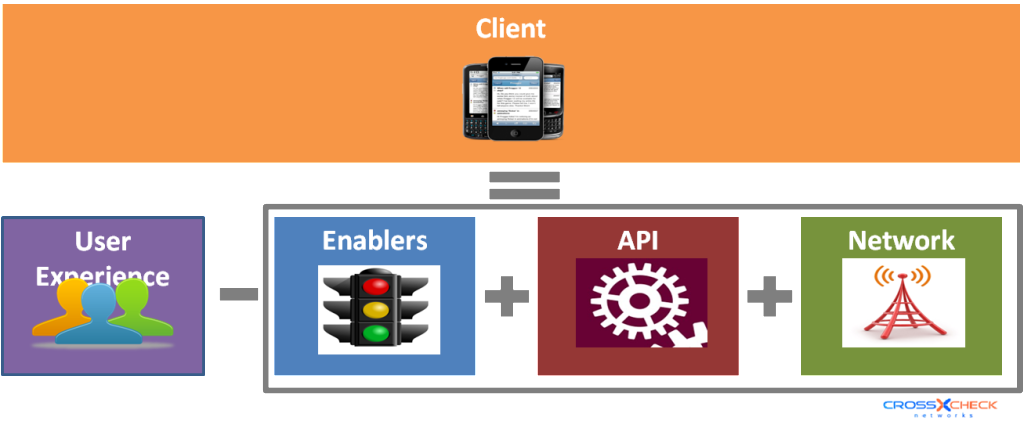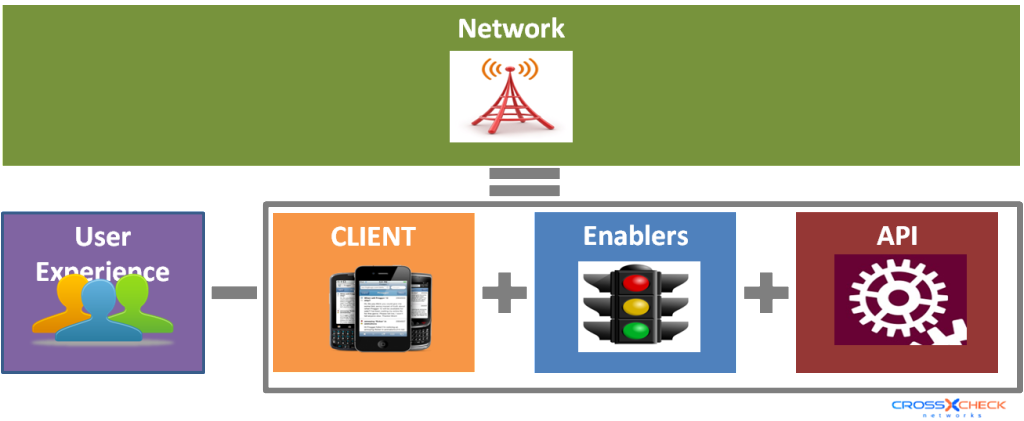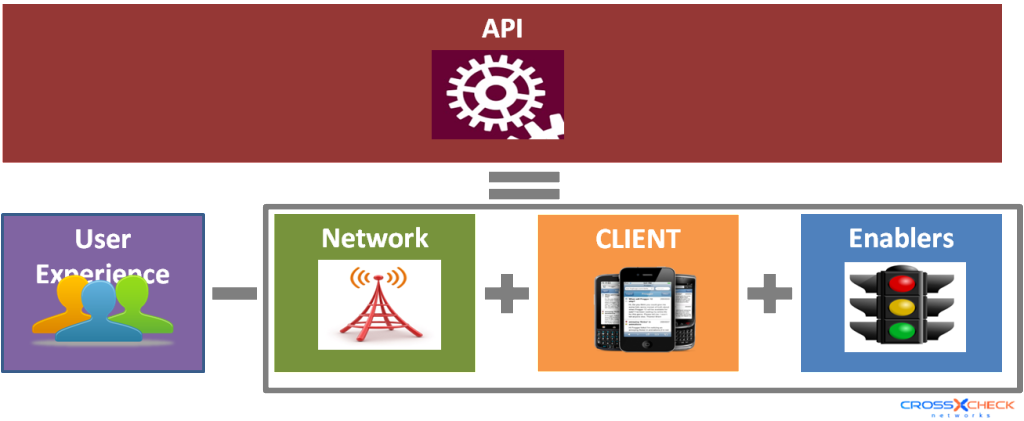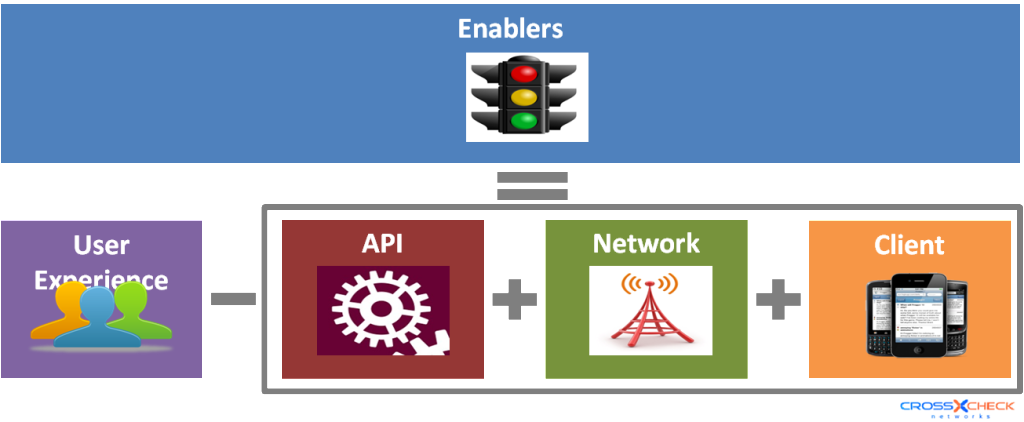To non-technical minded people and API is often a “a program running on a server somewhere” and rarely considered impacting to user experience. Web Services API’s Provide the information responses after doing the necessary calculations to requests made by the mobile application that populate the information on the screen. The client is all about presentation, and usually does little computation. Its the API and not the client that is doing the heavy computational tasks and hence can have greater effect on the user experience. Sure you can throw more computing power at it, but this does not always work.
Depending on the design, each request to by the mobile device to Consume an API, could respond by Providing multiple fields. Say the API is a customer record API. A request by the Client, would result in the API Providing the entire customer record even if only a small part of this response is needed. That means if the application needs to display the customer number, yet the API Provides the entire customer record, the entire record would be transmitted to the device, which would drop everything but the customer number. On the other hand, any screen on the client, can request more than one API. Say a second API Provides order history for a given customer number. The client application has a screen that displays customer number and the last order made. It would need to first request for the customer record API. The API will Provide the entire customer record. The client would then send the customer number as part of its request to Consume order history API, and the server would then Provide a response for after doing the necessary computation to generate the order history. This computation process could rely on a external DB or CRM system (what we call a enabler). The client would then populate and display the page with just the portions needed. This workflow we call a Chained service, the response from one request, being used as a request for another.
The time taken for a API to respond, includes this logic or computation that can involve look-ups on other systems (enablers). Identity validation, DB lookup and even external systems like partner shipping systems, or foreign trading systems. Robust and Sustainable API should be kept small, lightweight and client independent, to ensure their modularity and re-usability. This was not always the design criteria, and many older services are monolithic and tightly coupled with the client. API Gateways are often used to mediate and create new lighter weight services for Mobile applications. Adapting protocol and message format and creating virtual partial API, to strip unwanted traffic off the network portion. These gateways can offer caching and performance improvements, but can also be sources of latency.
The rapid growth in mobile application development has resulted in many new technologies, and emerging standards. Newer, lighter weight protocols like REST are generally used vs. more mature, heavyweight SOAP. New encryption methodologies like elliptic curve are common since it requires lower client CPU processing. New Identity formats like SAML and OAuth are used to address identity in the cloud and mobile arena. These new emerging technologies, are often still early or pre-standard development and relatively immature. Furthermore, the skills of developers and QA in these new standards are very limited and in extremely high demand. When last did your team get training on one of these emerging technologies, or have they simply learned these as they have developed your mobile application? It is unlikely that a business can expect the same level of maturity and quality in mobile applications as perhaps they may in other more traditional development and the fault density will probably be far higher in new mobile application development.
API Performance = User Experience – (Client, Network, Enablers)
From Client and Network posts, we already know the Network and Client performance impacts. The same test case run locally to the API gateway or server provides the performance for API + Enablers.
I constantly recommend that performance testing be done earlier in the testing and development life-cycle. Since SOAPSONAR same test cases can be used for functional and performance testing, performance testing should start as each service is validated functional on a service by service basis. SOAPSonar will report on each individual request and response time for each service, including each step in a chained service. A client application may only show the end result of the chain service or the service that responds slowest. Testing via the device may give user experience, but provides little information as to what or which service is slowing things down.
An important part of performance testing is understanding the impact of load on performance. This is usually done right before production cutover, and often leaves little time for time consuming rewrites. The result is often over architect hardware or network to compensate. SOAPSonar can use the same test case, with Virtual Agents to generate load (including across physically distributed load agents). Reporting on the pact on performance at a given TPS or understanding at what point the system will begin failing. By defining a success criteria in the test case to fail tests that take over a given time, can help identify individual services that start failing under load or when running a regression test.
SOAPSonar can detail the performance of each request made to each API and the response time, hence identifying any particular API’s which may not perform well. If these API are supported by an Enabler, identifying the poorly performing Enabler vs the API can requires additional isolation.











